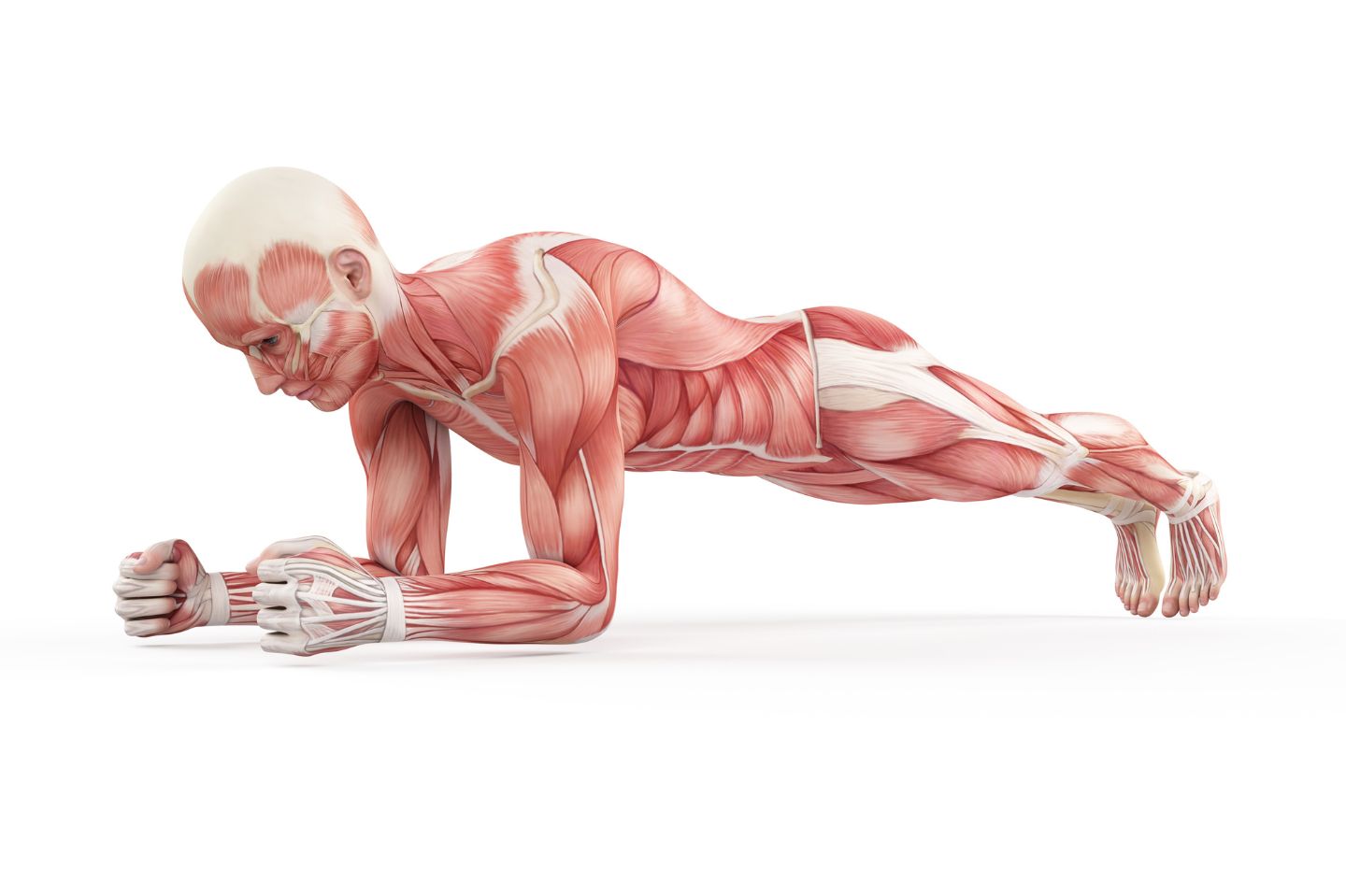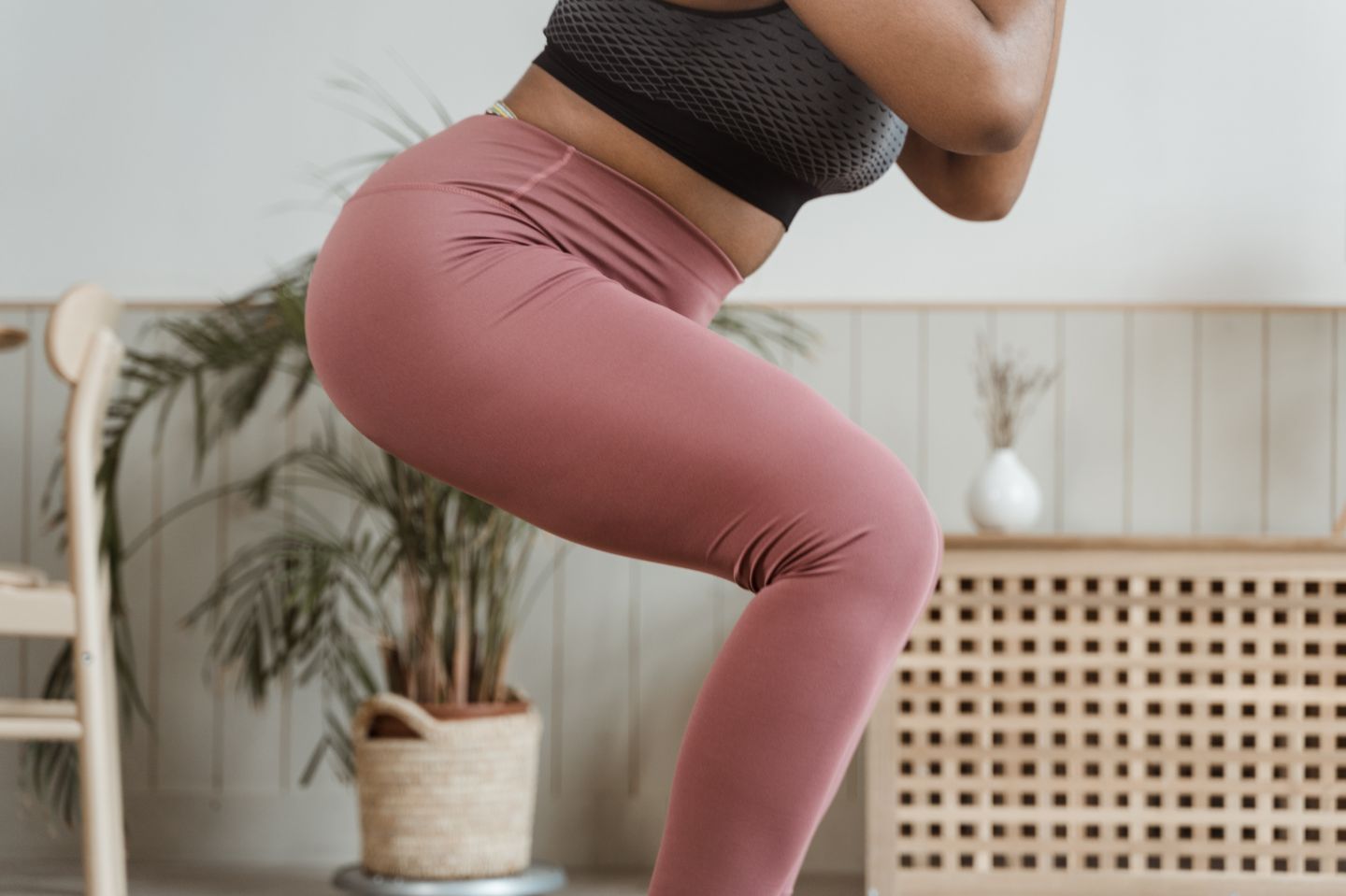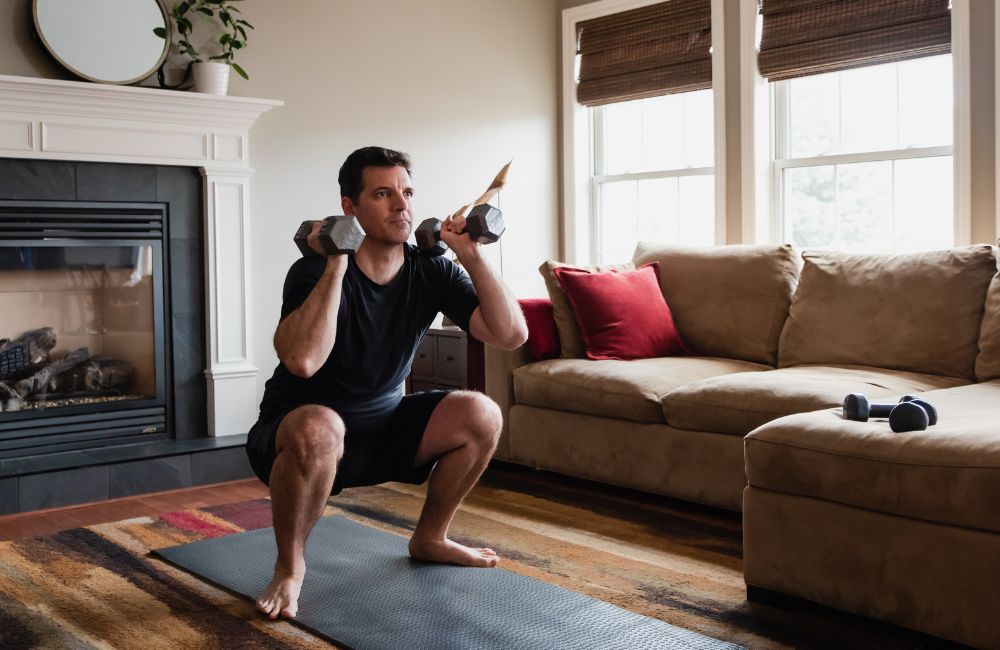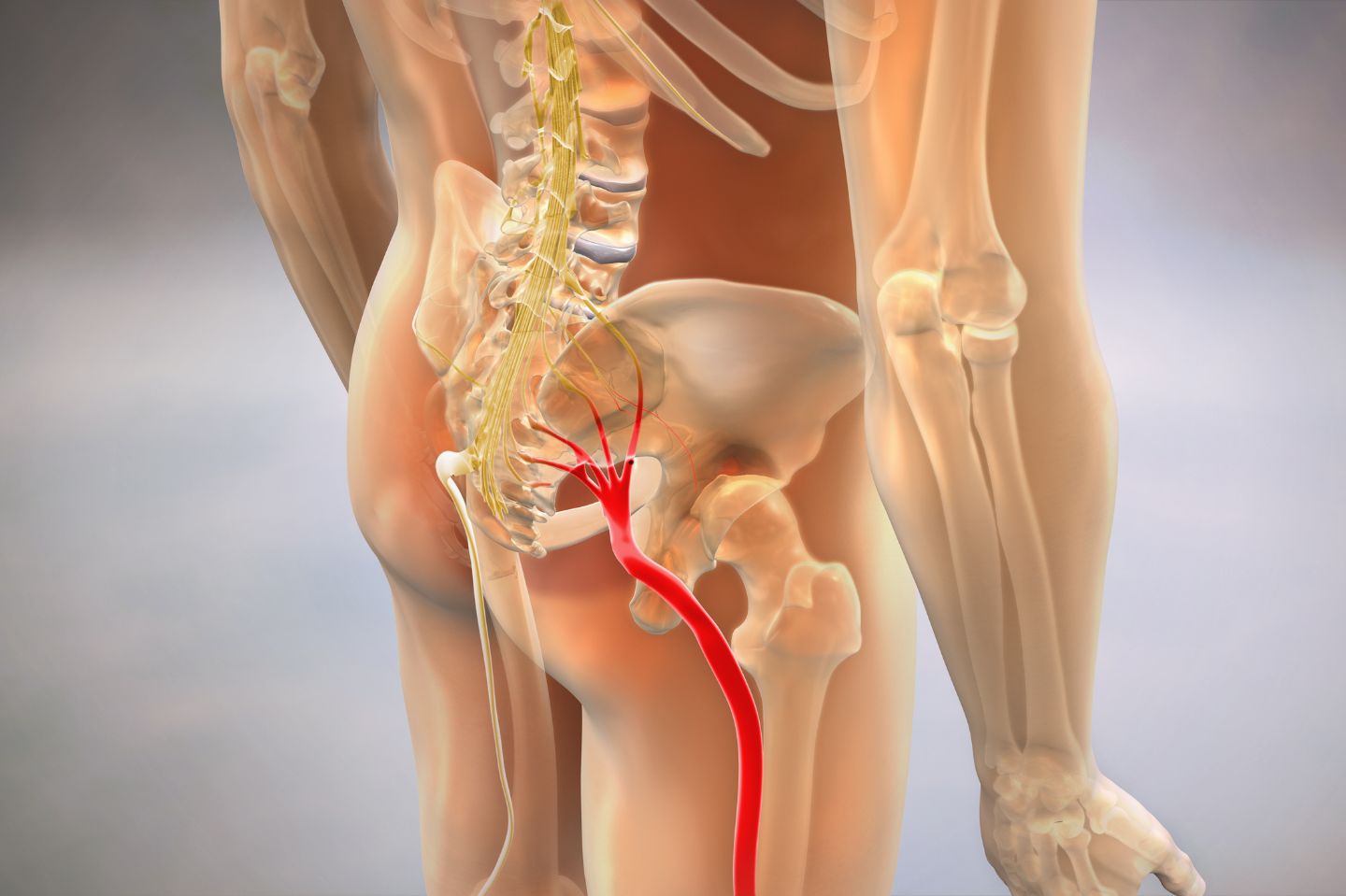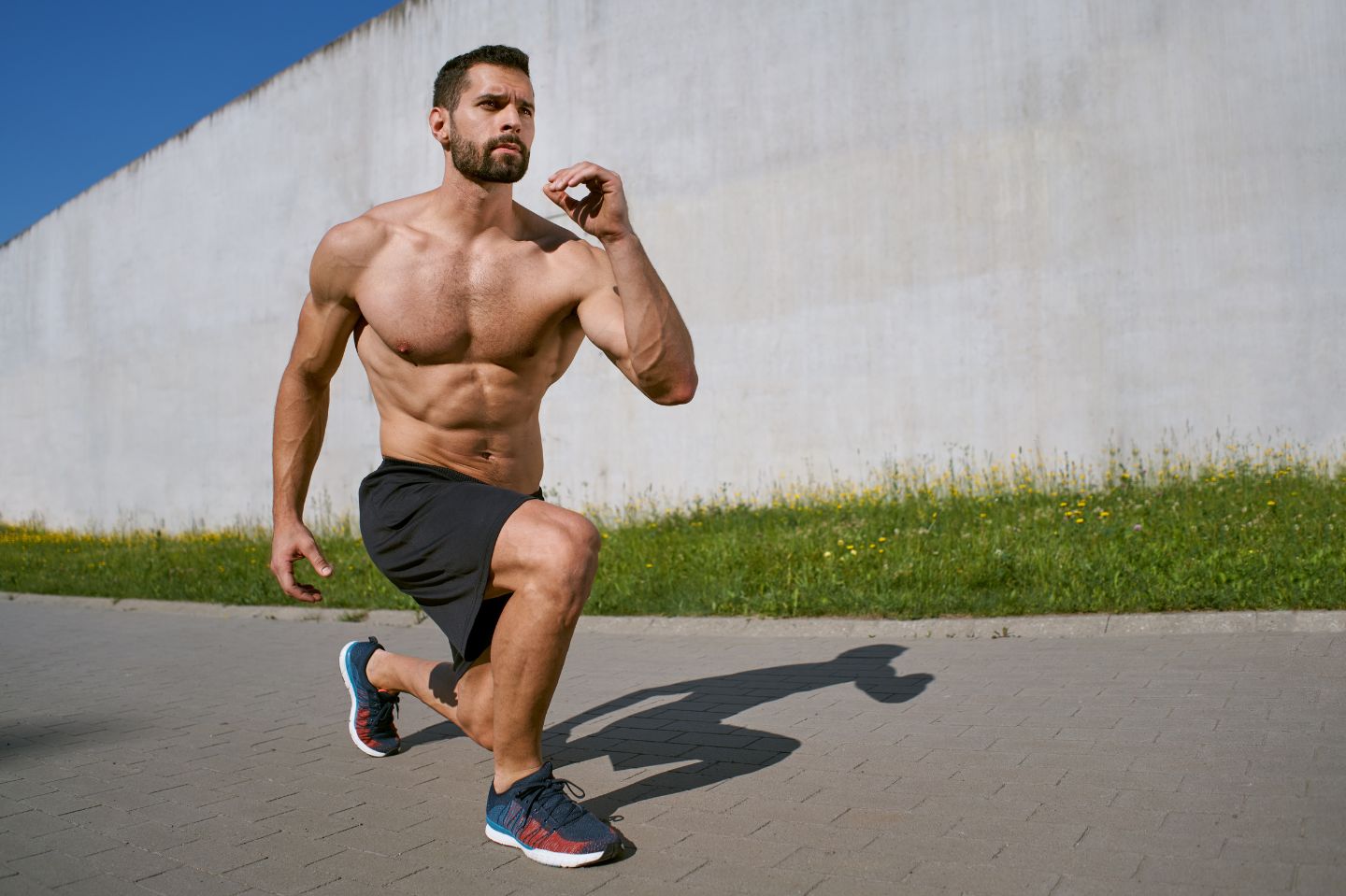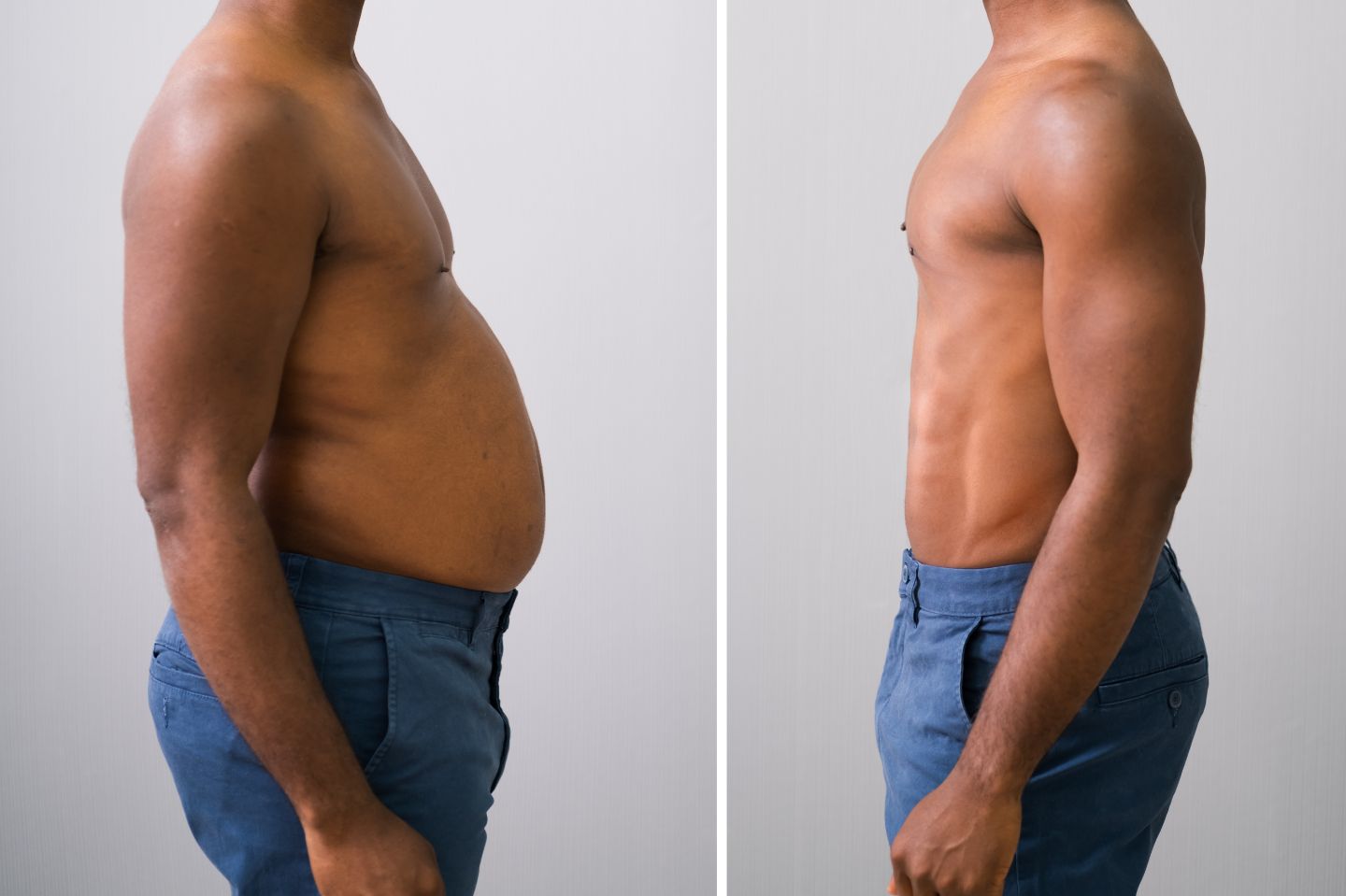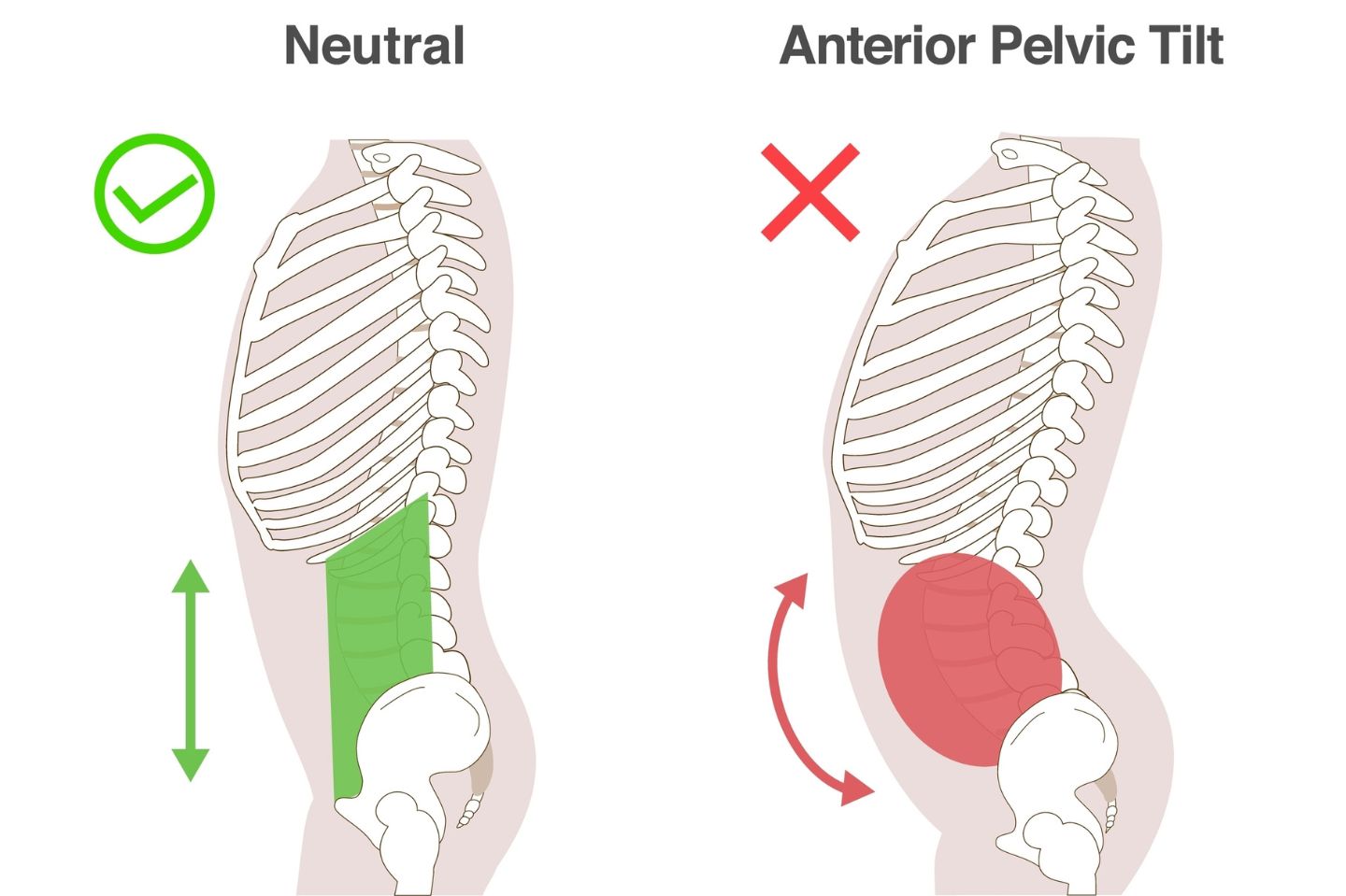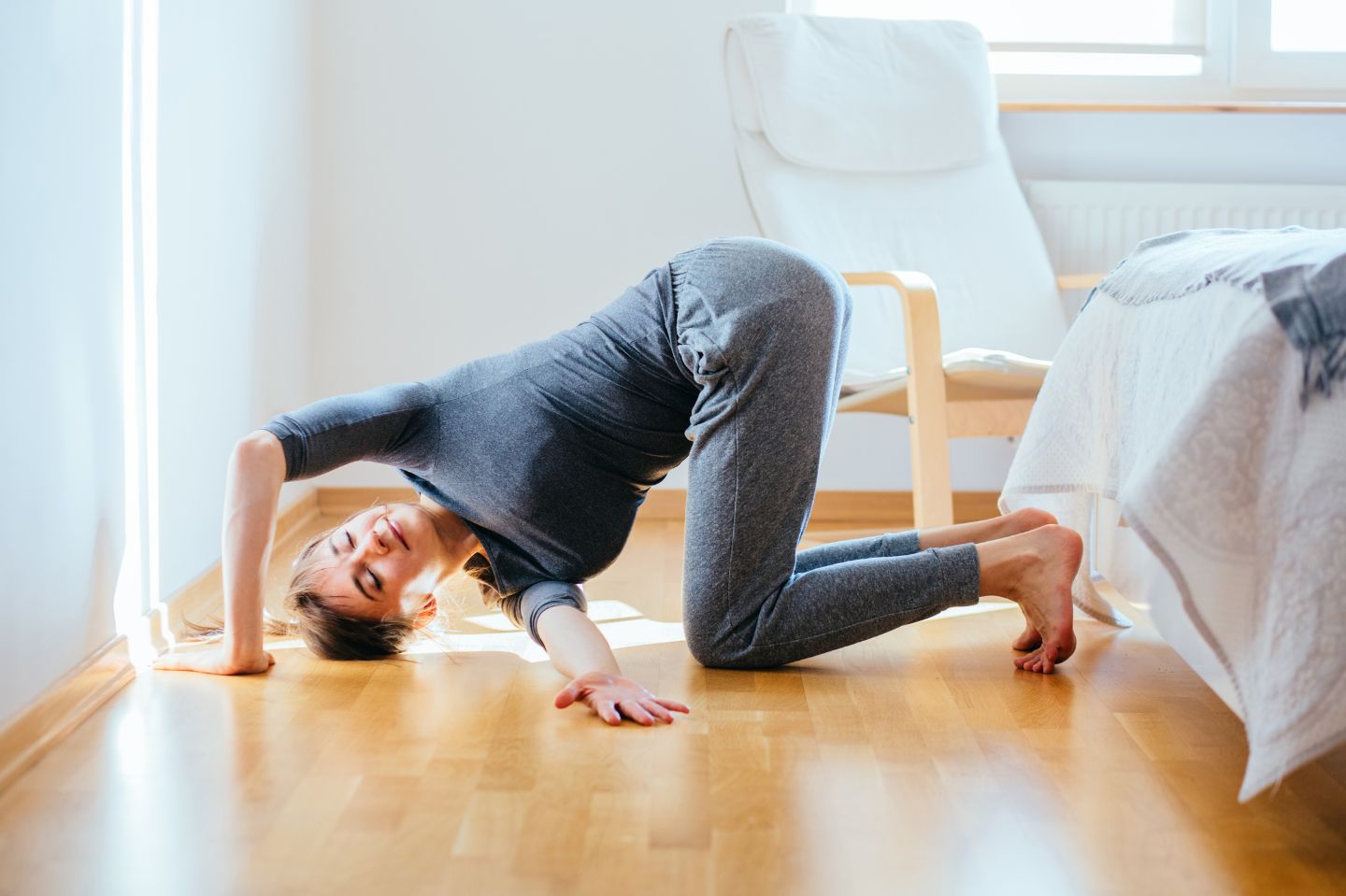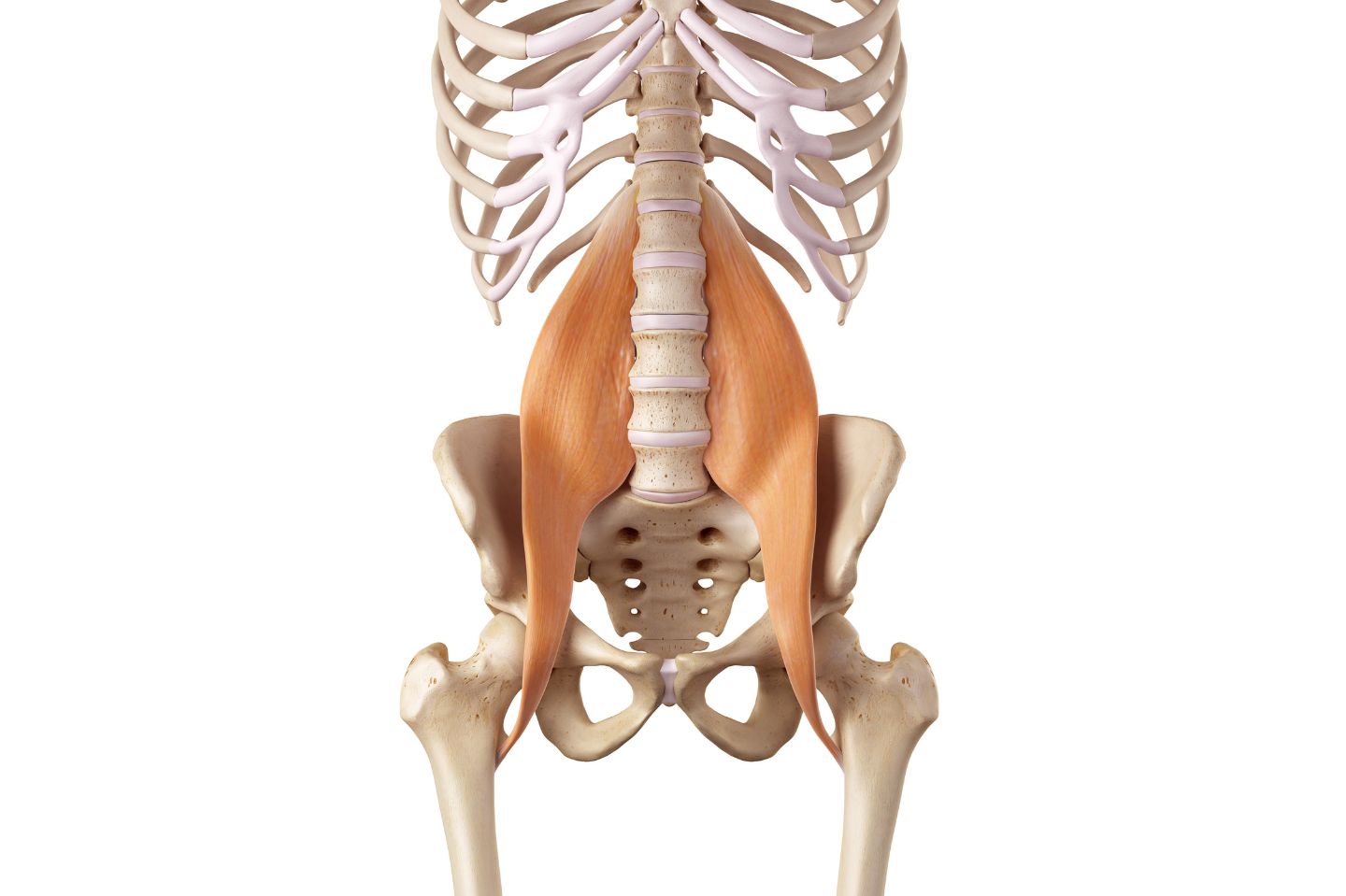In the world of fitness, there are many myths that need to be busted. One of the most common exercise myths is the idea of working the “lower abs”.
There is no way to isolate the lower abs. This myth has come about due to a misunderstanding of how muscles work, and how they are situated in the body.
Because of this misunderstanding, many well-intentioned trainers have developed lower ab routines that are wildly ineffective for strengthening the core.
In this article, I’ll review some of the least effective ab exercises and offer some good alternatives you can perform instead. But first, let’s take a look at the anatomy and physiology of the abs.
The Abs Explained
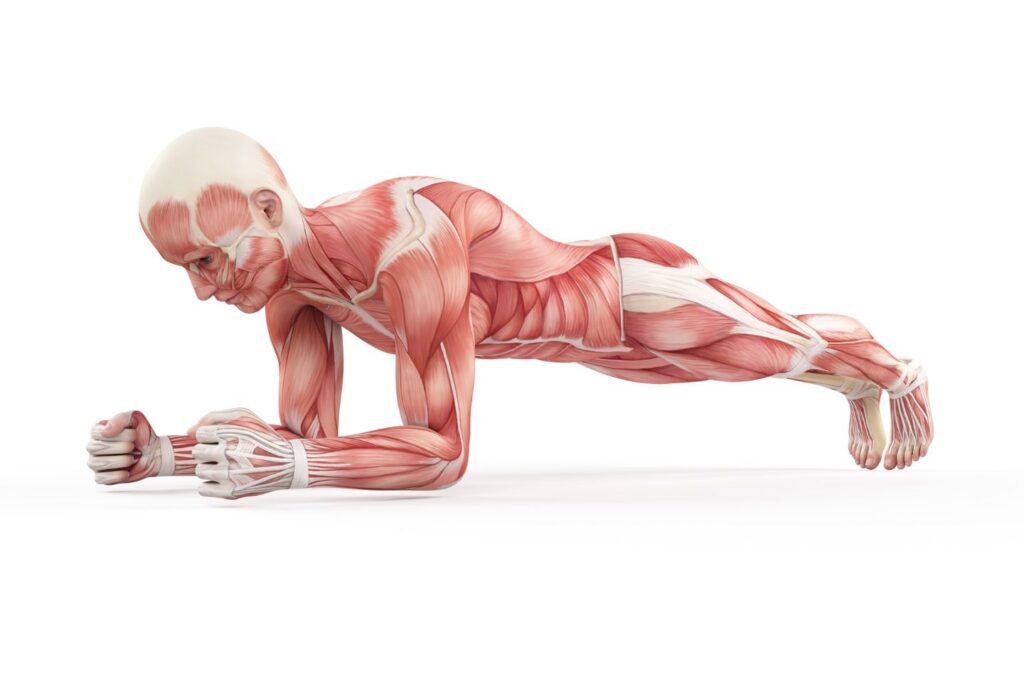
When most people refer to the abs, they are imagining a group of three muscles.
Specifically, they think of the rectus abdominis (the 6-pack muscle that runs down the middle of the trunk) and the internal and external obliques (the muscles found on the sides of the trunk).
When working these muscles, or any muscle, any contraction along the length of them will force the entire muscle to contract. Therefore, there is no way to isolate the “bottom part” of the rectus abdominis.
For those looking for more definition in the lower portion of their abs, the answer is usually quite simple: they need to get rid of the fat laying on top.
This is achieved by losing weight through maintaining a caloric deficit (i.e. eating fewer calories than are used for exercise and other activities).
However, pairing fat loss strategies with muscle strengthening strategies can take your ab definition to a whole new level. For this reason, we’ll now take a look at some exercises that can probably go by the wayside, and a few others that you should consider incorporating into your routine.
3 Lower Ab Exercises to Avoid
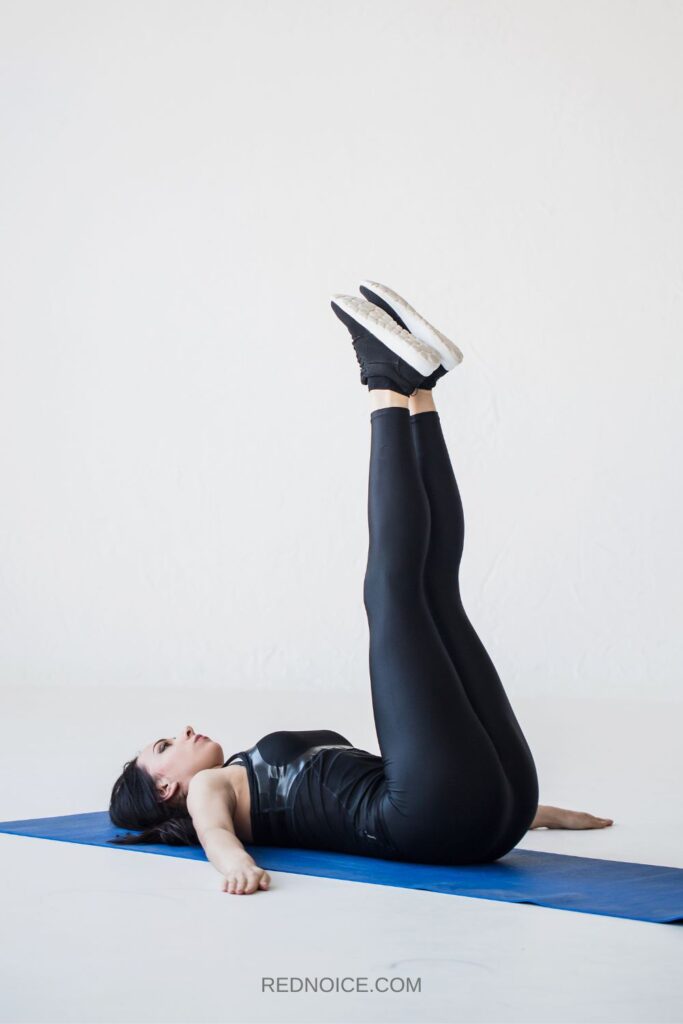
To be fair, there is really nothing wrong with the following exercises. If you choose to incorporate them into your routine, you will see some benefit. That being said, there are many better choices for developing the abs, which we’ll review later on in this article.
1. Supine Flutters
Supine flutters are a staple of many ab routines. This exercise, like all of the others, definitely activates the rectus abdominis. However, it ends up being much more heavily focused on the hip flexors for most individuals who have little control over their core musculature.
Let’s take a look at how to do this exercise the right way.
How to Perform Correctly
- Lie on your back with your hands underneath your buttocks.
- Raise both legs a few inches off of the ground, making sure that your back doesn’t arch (i.e. your low back should stay flat on the floor throughout the movement).
- Slowly, lift one leg up as the other stays stationary, then switch sides.
- Continue to alternate in this manner throughout the exercise.
2. Reverse Crunches
Reverse crunches are often touted as a terrific core-strengthening move. Unfortunately, many people rely on momentum and lack the mobility necessary to complete this move correctly.
See below for a description of how to get the most out of the reverse crunch.
How to Perform Correctly
- Lie flat on your back with your knees slightly bent.
- Slowly, raise your legs off of the ground and begin to raise your lower back up as well, one vertebrae at a time.
- Once you’ve lifted as much of your low back off the ground as you can, begin to slowly lower down, in the same controlled manner in which you raised up.
3. Supine Horizontal Scissors
This movement is often paired with supine flutters. The horizontal scissor can be an interesting and useful movement. But, again, many people “cheat” by allowing their backs to arch while they perform the exercise. This places all of the emphasis in the hip flexors.
Let’s look at the right way to do this move.
How to Perform Correctly
- Lie flat on your back, with your legs out straight and your hands beneath your buttocks.
- Lift both legs a few inches off of the ground, keeping your lower back in contact with the ground.
- Spread your legs wide, then cross them over one another horizontally.
- Then, spread them wide again and reverse your leg position as you bring them back together (i.e. if you had your left leg on top the first time, now do the right leg).
5 Better Abdominal Exercises
In the previous section, we discussed some of the popular abdominal exercises. I attempted to show how to do them correctly so that you get the most possible benefit from them. However, there are many better choices when it comes to ab exercises. Let’s take a look at the top 5!
1. Plank with Alternating Overhead Reach
Planks should be a key component of all exercise programs. The plank incorporates isometric strength throughout the entirety of the core and teaches the exerciser how to “brace”. Bracing is useful for nearly any activity one might do throughout the day.
How to Perform
- Start in a pushup position, with the feet spread to about hip-width apart and the hands under the shoulders.
- Keeping the back straight, lift your right arm straight up in front of you.
- Hold this position for 3 seconds, then return the hand to the ground and repeat on the other side.
- Continue to alternate in this manner for 10 reps per side, per set, for 3 sets per session.
2. Slow Mountain Climbers
Mountain climbers can be used to increase cardiovascular fitness, abdominal strength, or both. It all depends on the pace you set. Slow mountain climbers emphasize the abdominal muscles and help you get strong, defined abs.
How to Perform
- Start in the pushup position, with the feet about hip-width apart and the hands under the shoulders.
- Slowly, bring the right knee to the chest, keeping the back flat.
- Then, return the right foot to the starting position and repeat on the left side.
- Complete 15 reps per side, per set, for 3 sets per session.
3. Burpees
Explosive movements force us to use our abs to stabilize the spine. Burpees are one of the easiest and most effective explosive movements to incorporate into an abs routine, because they require no equipment whatsoever.
How to Perform
- Start in standing.
- Quickly, bend your knees and place your hands on the ground.
- Jump your feet back so that you are in a pushup position.
- Then, jump your feet forward and stand up to complete the rep.
- Perform 25 reps as quickly as you can, for 3 sets per session.
4. Hanging Knee Tuck
Hanging from a pull-up bar instantly increases abdominal muscle activation. When we are in this position, our abs need to stay strong to keep us from swinging and to help us maintain proper posture. Adding the knee tuck really kicks the abs into high gear.
How to Perform
- Grasp a pullup bar with a firm, overhand grip.
- Slowly, tuck both knees to the chest.
- Then, lower both knees down with control, not allowing your back to arch.
- Complete 10-15 reps per set, for 3 sets per session.
5. Seated Knee Tuck Hugs
Made popular by many at-home workout programs, the seated knee tuck hug is a killer move for the abs. This exercise is a good one to do at the end of your routine to really wear you out!
How to Perform
- Start in a seated position.
- Tuck both knees to your chest as you lightly hug them with both arms.
- As you kick your feet back out in front of you, spread your arms out wide.
- Repeat this pattern for 10-15 reps per set, for 3 sets per session.
Conclusion
By performing this 5-exercise workout 2-3 times per week, and cleaning up your diet, you’ll be well on your way to achieving great, defined abs. If you’re looking for a way to get a stronger core, start with this routine today!
Works Cited
- Campbell JP, Turner JE. Debunking the Myth of Exercise-Induced Immune Suppression: Redefining the Impact of Exercise on Immunological Health Across the Lifespan. Front Immunol. 2018 Apr 16;9:648. doi: 10.3389/fimmu.2018.00648. PMID: 29713319; PMCID: PMC5911985.
- Oliva-Lozano JM, Muyor JM. Core Muscle Activity During Physical Fitness Exercises: A Systematic Review. Int J Environ Res Public Health. 2020 Jun 16;17(12):4306. doi: 10.3390/ijerph17124306. PMID: 32560185; PMCID: PMC7345922.





